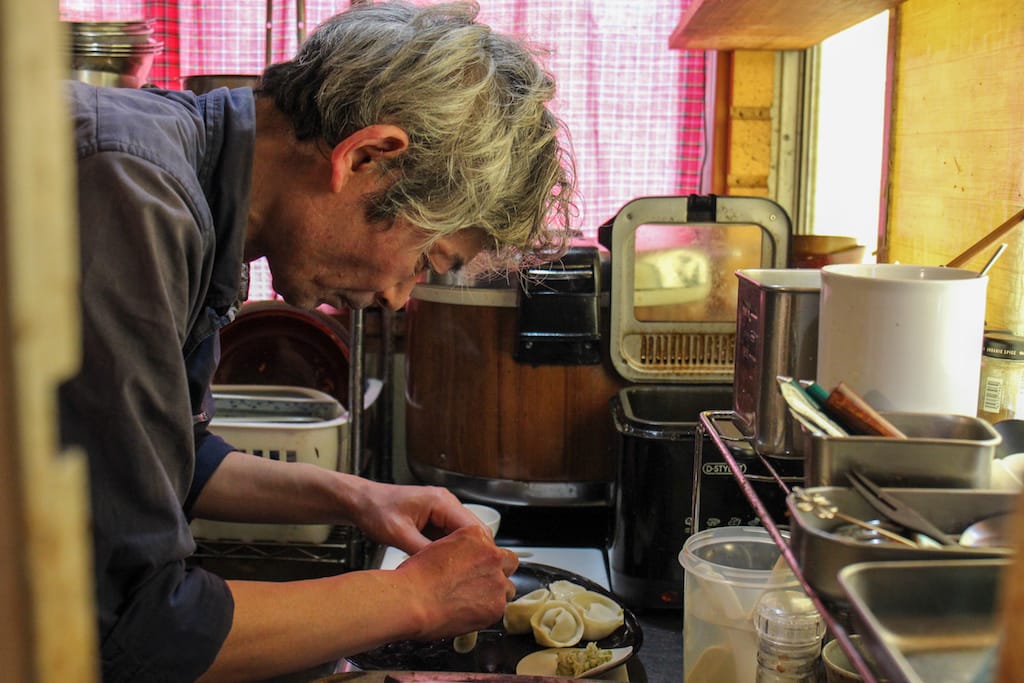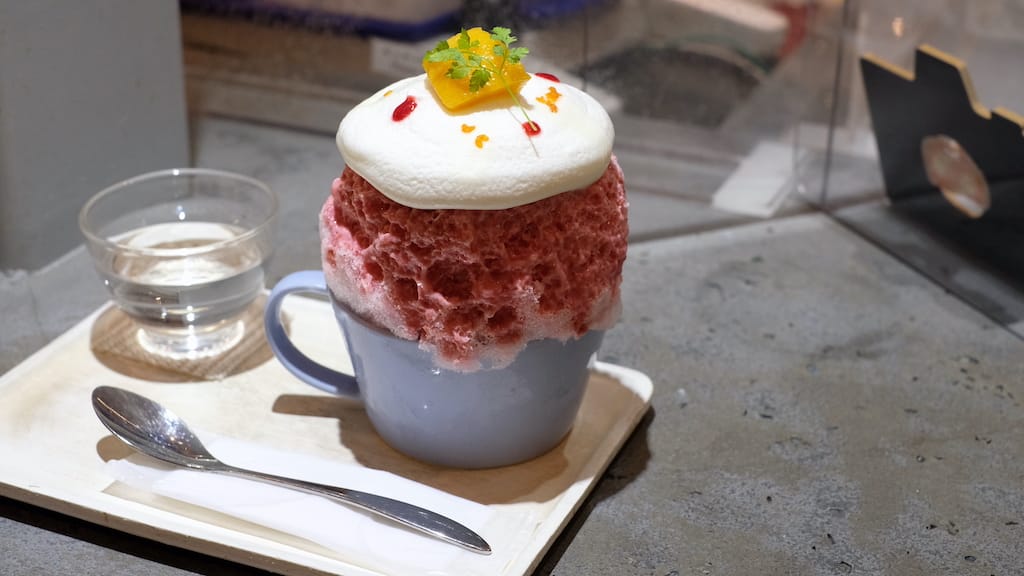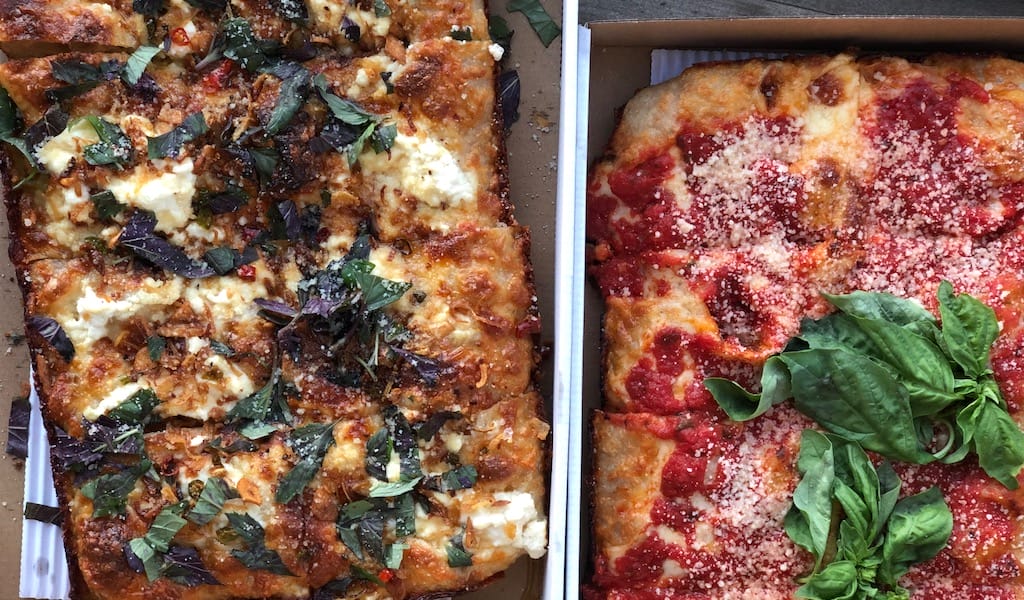Editor’s Note: Although sadly there will be no spectators at this year’s Olympics, set to open July 23, we are running this piece – first commissioned for last summer’s original opening date – in a nod towards Tokyo’s gold medal spirit in the face of what has been a very challenging road to these summer games.
Japanese trains have garnered worldwide admiration and praise for their punctuality, efficiency and cleanliness. The country’s railway network is supported by a strong surrounding infrastructure, and some stations have become tourist spots in themselves. And whereas eating at a train station might be a last resort in other countries, in Japan, you might find yourself at a gourmet destination.
In 2005, JR East, the largest of the Japan Railways corporations, began to push the concept of ekinaka – literally “inside station” – as a way to expand their business in the face of a declining and ageing population. Previously, stations might have had small kiosks selling magazines and snacks inside the ticket gates, and perhaps a standing soba noodle shop, cheap bowls purchased by a ticket vending machine at the door. Nowadays, you might find entire delicatessens, sit-down restaurants, clothes stores and even household goods and decorations. Ekinaka has not only taken off as a concept, but its meaning has expanded in scope to refer to shops inside or directly connected to the station rather than inside the barriers.
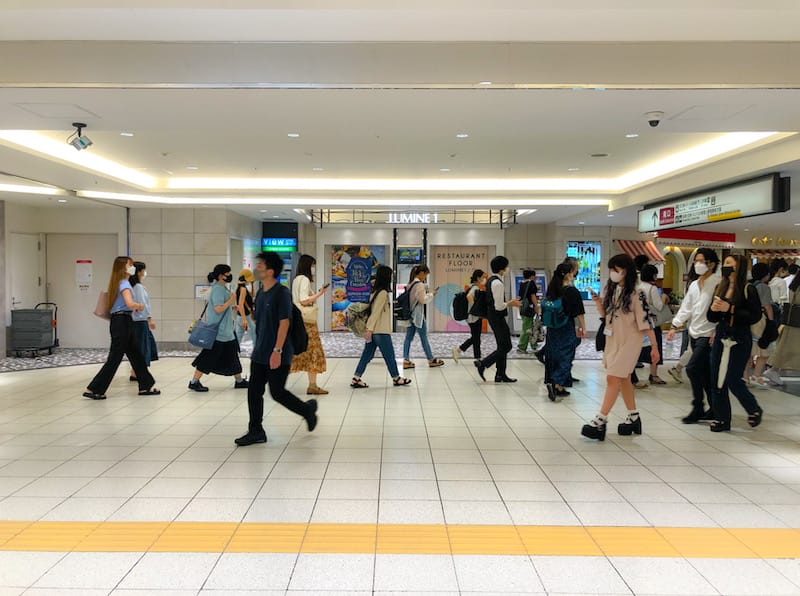
Large Japanese corporations have long integrated train and retail business in the form of station-side department stores, with the basement floor traditionally housing the depachika – an expansive food paradise with countless deli delights to take home. These now make up just one option among the growing numbers of facilities springing up around stations and creating a seamless shopping and dining experience.
Perhaps the best example of this is Shinjuku Station, the busiest in the world, with an estimated 3.59 million passengers per day in pre-Covid times (this figure comes from 2018). The surrounding area is a bustling commercial and entertainment district, although without tourists visiting these days, it is a little quieter. However, a steady stream of commuters continues to fill the walkways, and it is a common point to pass through or change lines (had the Tokyo Olympics gone off as planned, millions of spectators would have likely found themselves making their way through Shinjuku). The station is infamous for being a maze with over 200 exits, but hidden in its warren-like walls are some delicious things to be discovered. Below is our insiders’ guide on what to eat.
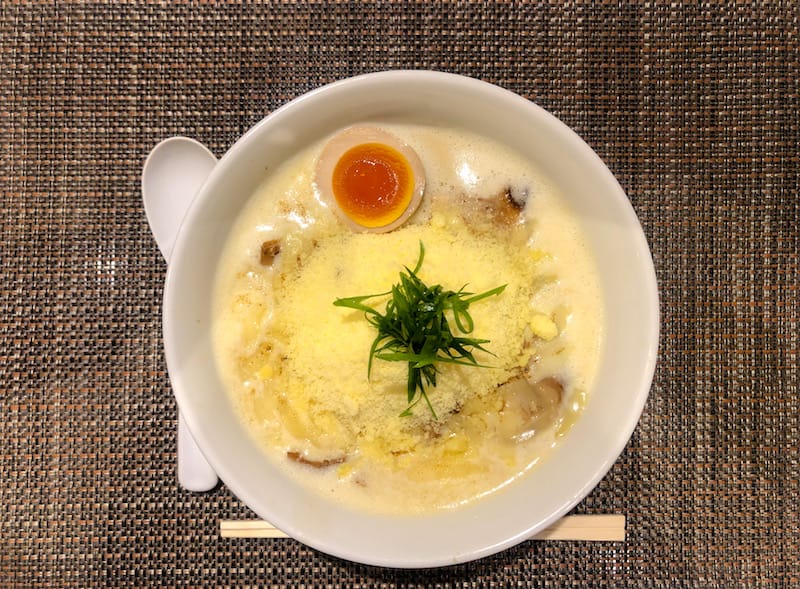
Snacks and picnics
Grabbing takeout from Shinjuku station is no act of desperation, in fact, bypassing it could mean missing out on some of the best bites. The station has direct lines to hiking areas of Mt. Takao and Okuyama to the west, or Chichibu to the north, and eating is allowed on the Odakyu Romancecar that heads to the volcanic hot spring destination of Hakone. What’s more, it’s a short walk to the beautiful Shinjuku Gyoen, which makes a perfect spot for a picnic.
In the Keio Department Store depachika and as a smaller stand in the newly renovated Lumine 1 Department Store basement is Washokuya En, which sells rice balls, salads and side dishes. The must-try secret here is their nikujaga kurokke, rounded sweet meat and potato stew croquettes – crisp breadcrumbs on the outside, soft mash on the inside.

Also in the Keio Department Store is Amanoya, a branch of a famous tamago sando (egg sandwich) store that was originally established in 1927. Wedged between perfect white squares of bread lightly coated in a secret-recipe mustard mayonnaise, the soft omelet is made with dashi stock. Don’t miss out on visiting Bashoan, where you can see imagawayaki (or obanyaki, depending on where in Japan you are) made in front of your eyes. These are fluffy, doughy medallions that contain a filling of usually red or white bean paste or custard. At Bashoan, the custard is particularly thick and creamy, and at only 110 yen for one, it’s hard not to buy a box.
Le Pain de Joel Robuchon is an outstanding bakery under the name of the famous Michelin-starred chef. While the croissants are, of course, par excellence, the star here is their take on a Japanese bakery favorite, kare pan – literally, curry bread. It’s a kind of deep-fried savory doughnut filled with Japanese-style curry and, if done properly, the outside should be slightly crisp and the perfect base for the lightly spiced and often mildly sweet filling. The mushroom croque monsieur and decadent croque madame are also worth a try, and don’t miss the apple-filled croissant if it’s in season. You can take anything from the bakery into the neighboring cafe, where you can re-energize with an espresso or two.

Ramen
On the 7th floor of Mylord, a mall connected to the station, is the stylish Mensho San Francisco, with tables to seat four as well as the standard central counter. It’s a store by Tomoharu Shono, a self-described “hyper ramen creator.” He is known for creative and innovative menus, from the delicious lamb-tonkotsu blend at his Mensho Tokyo store in Korakuen to various seasonal specials, including a chocolate noodles recipe each February for Valentine’s Day. His Mensho San Francisco is a reverse import. It’s popular for its A5 wagyu shoyu (soy) ramen with a fairly hefty price tag to match, but the creamy cheese paitan (thick chicken broth) noodles should not be overlooked, packing an umami flavor punch without ever becoming overwhelming.
Afuri made a name for itself with its unusual yuzu shio (citrus salt) ramen and subsequently successfully marketed itself to overseas visitors, launching English menus and diversifying its own. In March 2020, they opened a branch in the basement of Shinjuku Lumine 1 with the full menu, offering konnyaku noodles as a low-calorie option, as well as Rainbow Vegan ramen (there is also a branch in B1 in Shinjuku station).
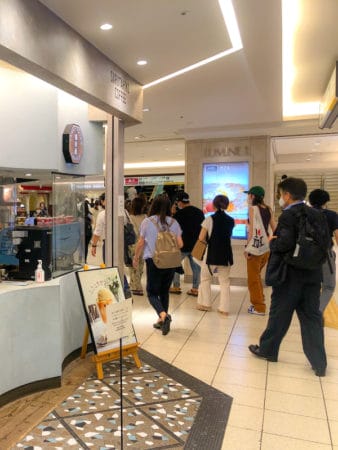
Coffee and pastries
There is no shortage of caffeinated options at Shinjuku station, especially as over the past five years third-wave coffee has arrived on Japan’s shores. For some home-brewed talent, grab a takeout from Sarutahiko Coffee in Lumine. The first store was opened in 2011 in Ebisu by Tomoyuki Otsuka, who was just 29 at the time. There are now around 20 stores, including three in Taiwan, and is reliable for good quality coffee with a mellow flavor. Representing the California crowd with their perfect mocha and interesting menu is Blue Bottle and Verve, respectively, and from the East Coast Dean & DeLuca boasts consistently good lattes and excellent baked goods. All of these US imports are located in NEWoMan beside the New South Exit ticket barriers.
Vegan and gluten-free
The concept of veganism is not widespread nor understood in Japan, but the record numbers of overseas visitors year-on-year before Covid-19 encouraged businesses to tap into the market.
Afuri offers a vegan bowl that would leave meat-eaters happy. It doesn’t contain any soy sauce, either, so the bowl can be adapted for a gluten-free diet if ordered with konnyaku noodles.
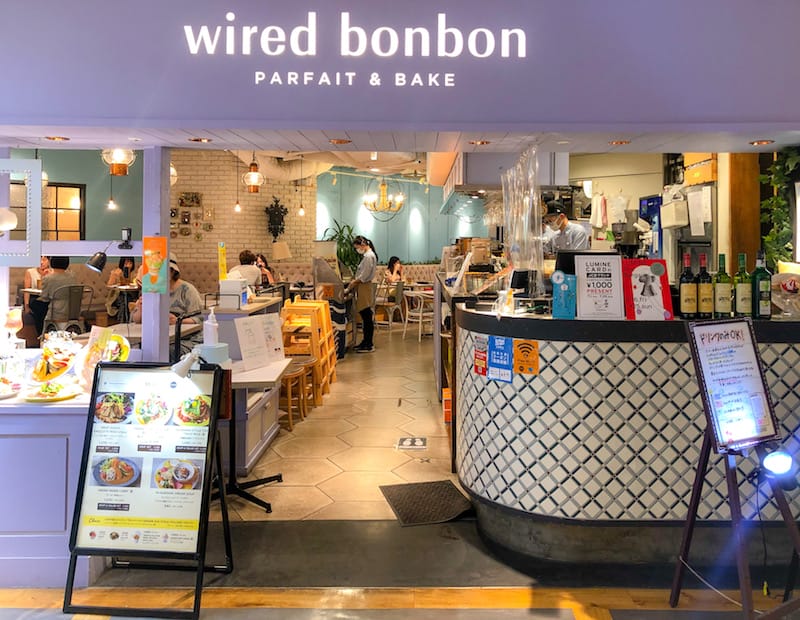
For desserts, head to the 6th floor of Lumine 1 for Wired Bonbon. It is very much aimed at the fashion conscious youth where price and presentation take priority over taste, so don’t expect too much from the savory options, although the vegan curry is popular. Really, it’s all about the vegan sweets, with great Japanese parfaits such as houjicha warabi or matcha azuki, alongside gluten-free and vegan crepes and soft cream.
With contributions from Kuv Ahmad.
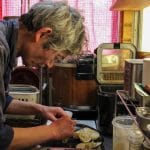 August 5, 2022 Chabuzen
August 5, 2022 Chabuzen
Daiji Takada, owner of Chabuzen, peeks out over the counter from the kitchen, which has […] Posted in Tokyo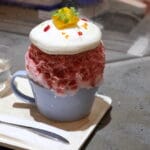 April 16, 2024 CB on the Road
April 16, 2024 CB on the Road
Sōsuke Hirai’s hands tilt this way and that as the machine whirrs, raining large, fine […] Posted in Tokyo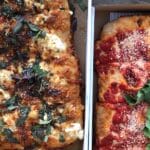 December 22, 2021 Best Bites 2021
December 22, 2021 Best Bites 2021
2021 was the second-driest year in California’s recorded history. In L.A., there was no […] Posted in Los Angeles
Published on July 21, 2021
Related stories
August 5, 2022
TokyoDaiji Takada, owner of Chabuzen, peeks out over the counter from the kitchen, which has about a meter-long strip of standing space for one at most. The interior of this narrow restaurant, tucked away in the very fringes of the hip neighborhood of Shimokitazawa in western Tokyo, isn’t much more spacious. Two low tables on…
April 16, 2024
Tokyo | By Florentyna Leow
TokyoSōsuke Hirai’s hands tilt this way and that as the machine whirrs, raining large, fine flakes of ice into a bowl. He pauses the machine, lightly pats the ice and taps the bowl on the counter, allowing the ice to sink and compress. A swirl of persimmon tea syrup is added to the ice. Then…
December 22, 2021
Los Angeles | By Ben Mesirow
Los Angeles2021 was the second-driest year in California’s recorded history. In L.A., there was no rain in November for the first time since 1992, and the mercury settled above 80 almost every afternoon that month. Our climate is usually arid, but this is extreme. We are in a drought (despite some recent record-breaking rain), with depleted…

















































